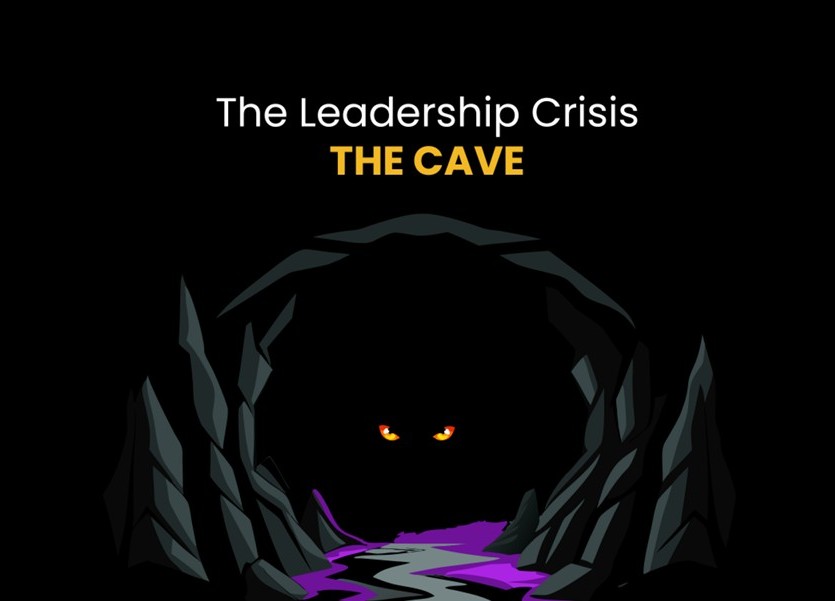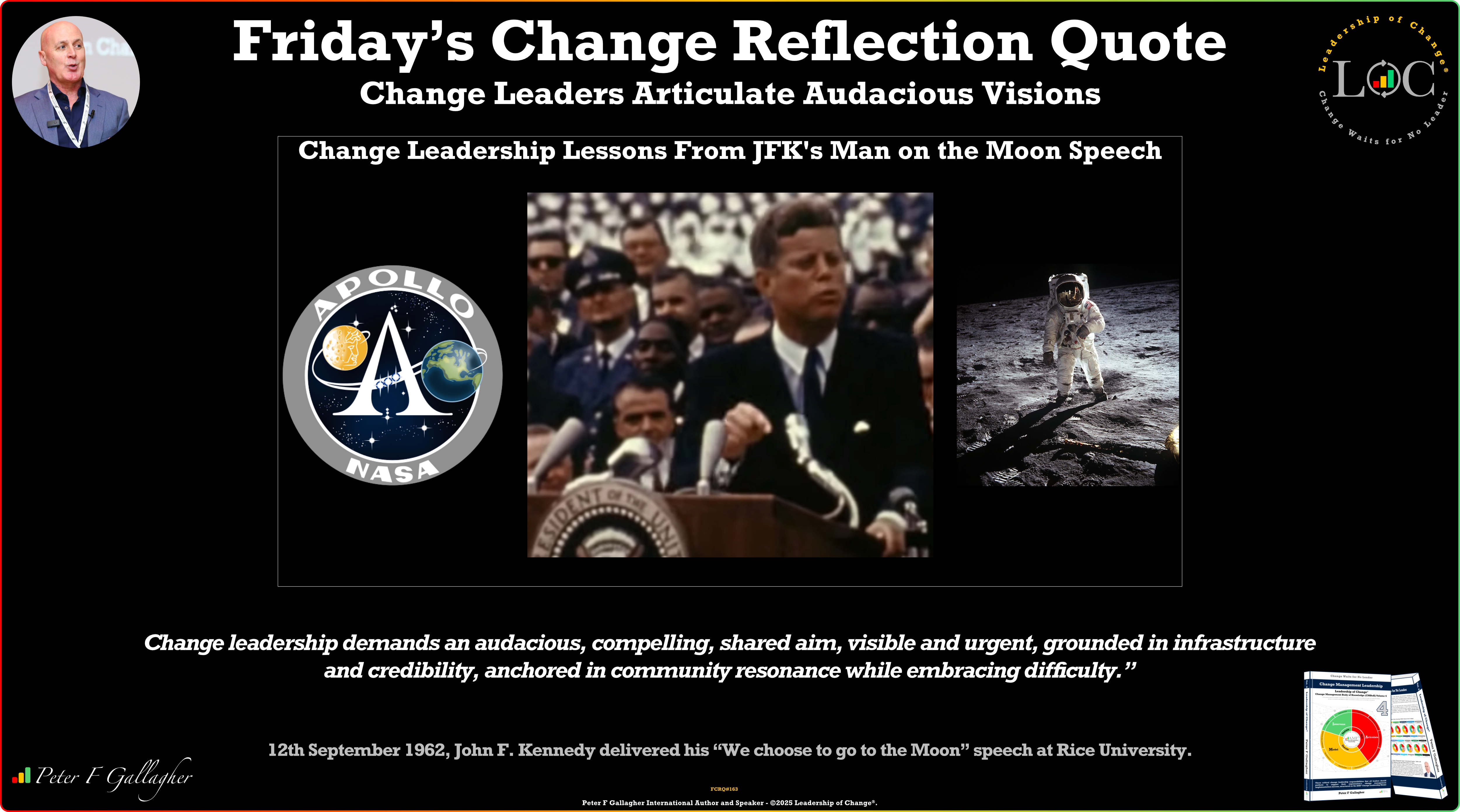Nov28

The Great Resignation—it sounds pretty serious, doesn’t it? It’s likely that many of you reading this have heard this term thrown around in the past few months. The Great Resignation is used to discuss the (apparent) influx in resignations as employees are called back to work in the After-COVID (AC) era. This phenomenon has been covered extensively by the media, such as in this article in the Harvard Business Review.
The data from the article shows that attrition rates in some industries is upwards of 30% during the COVID-19 period. Another 57% of respondents in a survey indicated that they would consider taking a new job in the upcoming year. Those number are high—they seem abnormally high. People appear to be leaving their jobs in droves, leaving employers scrambling to find good talent to replace them.
But what if I told you that this level of turnover is not new? In fact, it’s been this way for a long time.
Data from Fifth Quadrant in 2018, firmly in the Before-COVID (BC) era, shows that turnover rates in the Australian financial, services, and consumer products industries were over 50%. If this was the case BC, why are we so surprised to see high attrition AC?
If you take a critical look at this BC data and compare it to the never-ending articles and discussion about The Great Resignation, you have to ask: is it hype, fact, or is everyone just waking up to what has been going on for years?
Despite what many people are saying, high attrition rates are not uncommon. As mentioned, the Fifth Quadrant 2018 report indicated that BC turnover was high, with upwards of 50% of employees in some industries resigning from their jobs.
Part of the reasons that these AC statistics about employees leaving are so shocking is because we were at a virtual standstill as a society for nearly two years during the pandemic. Most people stayed put in their jobs, recognising it was a turbulent time and grateful for any employment as many others were laid off. The Australian Bureau of Statistics show that the period from February 2020-2021 (peak pandemic) had the lowest annual job mobility rate on record—7.5% of employed people changed jobs, lower than it has ever been.
Now that we are back to normal(ish) in the AC period, things are returning back to normal: people are evaluating their jobs, overall satisfaction, and life circumstances—some of those evaluations lead to resigning from their positions. The same data-set mentioned about indicates that job mobility was higher in the BC era, with 8.1% of employed people switching jobs in the year prior to the COVID-19 pandemic (February 2019-2020).
High levels of attrition and people leaving their jobs is nothing new. It’s a long-established pattern, especially in some industries with low employee engagement and job satisfaction. The hype of this supposed Great Resignation is that we are more aware of the changes in work because of the pandemic. New factors like work-from-home (WFH) have dramatically influenced how we do work and has led to another factor that impacts employee retention.
People leave jobs for all kinds of reasons. Some of the most common BC reasons include:
These reasons will always be there and are still relevant in the AC era. What the pandemic did, however, was add a few other reasons for employees to hand in their resignation:
There is no doubt that these factors, especially the first one, are a significant reason that employees are quitting their jobs. But are these factors increasing the overall level or resignation? Or are they simply additional reasons to add to the mix?
Given the statistics, it appears that the latter is true—employees are resigning at a rate comparable to the BC era, but just have different reasons and rationale to do so. The Great Resignation is, effectively, a return to BC ‘normal.’
The debate about whether the Great Resignation is hype or fact will continue to rage on. In the end, though, it doesn’t really matter. The truth is that high levels of attrition and employee resignation are problematic no matter the cause.
Whether they are leaving because they are not getting a promotion (BC reason) or they aren’t allowed to work from home anymore (AC reason), the underlying influencer is the same—lack of employee engagement and poor attention to the employee experience (EX).
We are moving into a new age—the age of the employee. It’s one where companies will have to prioritise EX or face the consequences of high attrition and poor performance. The age of the employee has been a long-time coming and the pandemic has helped precipitate this change. Employees have found their voice during the pandemic, speaking up about things that are important to them, including flexibility (WFH), work-life balance, well-being and increased emphasis on workplace safety.
So, what can employers do to prioritise EX and stem the return to normal attrition? Here are a few of the top things to focus on:
Instead of getting hung up about the Great Resignation and whether or not this is a real phenomenon or just hype, we should focus in on why employees leave. Companies that focus on employee engagement and embrace the new age of the employee will be able to mitigate and decrease attrition rates.
Keywords: Culture, Customer Experience, Future of Work
 China Outpaces U.S. in Shipbuilding: 1,000 to 8
China Outpaces U.S. in Shipbuilding: 1,000 to 8 The Innovation Dilemma: Open-Weight Versus Proprietary Models in Knowledge Distillation
The Innovation Dilemma: Open-Weight Versus Proprietary Models in Knowledge Distillation From Caves to Corner Offices: Why Grant McGaugh’s “First Light” Breaks Every Rule of Business Literature
From Caves to Corner Offices: Why Grant McGaugh’s “First Light” Breaks Every Rule of Business Literature Why Risk Strategy Starts with Trust
Why Risk Strategy Starts with Trust Friday’s Change Reflection Quote - Leadership of Change - Change Leaders Articulate Audacious Visions
Friday’s Change Reflection Quote - Leadership of Change - Change Leaders Articulate Audacious Visions